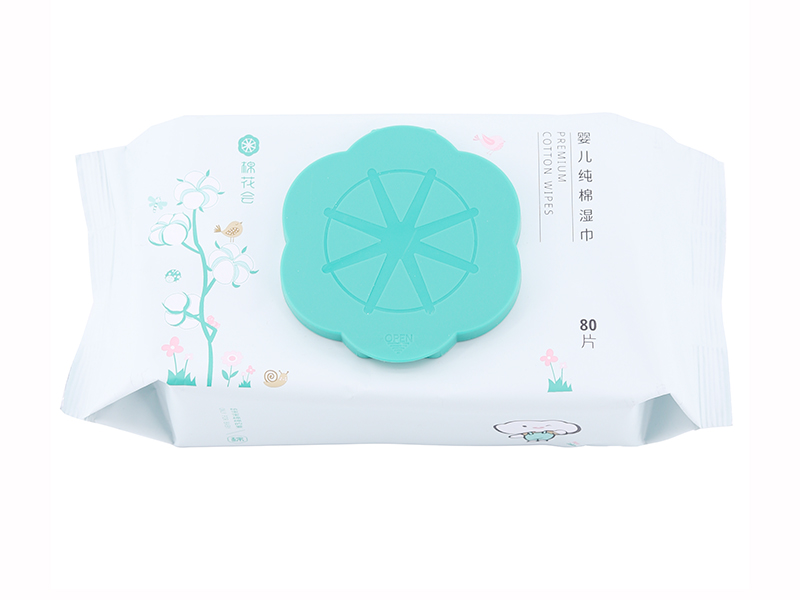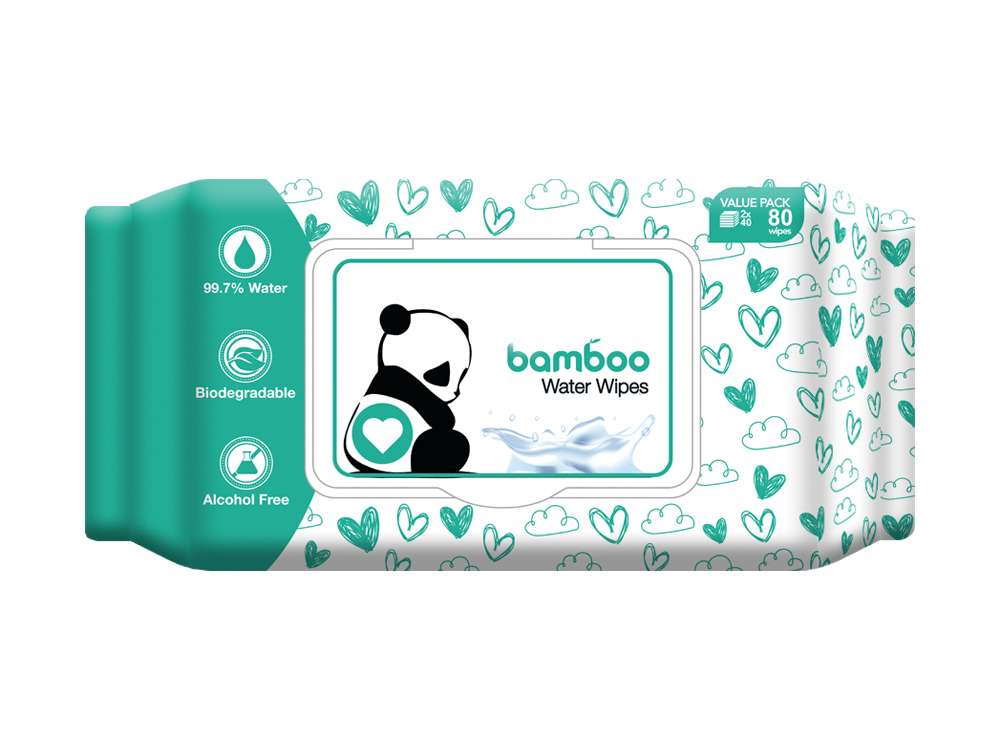With its unique structure and performance, spunlace nonwoven fabric naturally meets the core needs of disposable bath towels for portability and hygiene. Compared with traditional fabrics, spunlace nonwoven fabrics do not need to go through a complex spinning and weaving process, and the conversion from raw materials to finished products is more efficient, which allows disposable bath towels based on it to be independently packaged in the production process, effectively avoiding secondary pollution during transportation and storage, and ensuring the hygienic state during use from the source. Its light texture significantly reduces the weight of the product, and its small size after folding reflects the convenience advantage.
The core advantage of spunlace nonwoven fabrics given by viscose fiber
The choice of raw materials that constitute spunlace nonwoven fabrics directly affects the performance of the final product. Spunlace nonwoven fabrics with viscose fiber as the main component show irreplaceable advantages in disposable bath towels. Viscose fiber is derived from natural plant cellulose. After special processing, it retains the skin-friendly properties of natural fibers and has a water absorption capacity that is superior to traditional cotton fibers. When this fiber is formed into a non-woven fabric structure through the spunlace process, the fibers are entangled with each other to form fine capillary channels, so that water can be quickly absorbed and diffused, meeting the requirements of disposable bath towels for immediate water absorption when in use. The natural properties of viscose fibers make spunlace non-woven fabrics have good biocompatibility and reduce the occurrence of skin sensitivity problems. This is the key to ensuring the comfort of use for sanitary products that directly contact human skin.
How does the spunlace process shape the unique texture of non-woven fabrics?
As the core production technology of spunlace non-woven fabrics, the subtlety of the spunlace process lies in the impact force of high-pressure water flow to make the fibers entangled with each other, thereby forming a fabric structure with certain strength and elasticity. In the production of spunlace non-woven fabrics used in disposable bath towels, the fabric is controlled by a specific water flow pressure to form a fluffy surface state. This fluffy feeling is not a simple fiber accumulation, but a three-dimensional structure formed by the natural curling and interlacing of fibers under the action of water flow, which not only increases the specific surface area of the fabric, improves the water absorption efficiency, but also gives the product a soft touch. The formation of pearl pattern fabric is also closely related to the mold design in the spunlace process. By adjusting the angle and pressure distribution of the water jet, the fiber forms a regular texture in a specific area. This texture enhances the friction of the fabric and facilitates the removal of moisture when wiping.
The art of performance balance of spunlace nonwoven fabric in disposable bath towels
High-quality disposable bath towels need to achieve a precise balance between multiple performance indicators, and spunlace nonwoven fabrics are the key to achieving this balance. It needs to have sufficient wet strength to ensure that it is not easy to break after absorbing water. This is due to the tight entanglement structure of the fibers in the spunlace process. Even in the saturated water absorption state, the connection between the fibers is still stable, and it is necessary to maintain appropriate softness to avoid irritation to the skin. This is achieved through the optimization of fiber selection and process parameters. Spunlace nonwoven fabrics also need to take into account breathability and anti-flocculation performance. Its porous structure ensures air circulation and reduces the stuffiness during use, while the uniform distribution and entanglement strength of the fibers effectively control fiber shedding and maintain cleanliness during use.
Spunlace nonwoven fabric expands the application boundaries of disposable bath towels
The characteristics of spunlace nonwoven fabric not only meet the basic functional requirements of disposable bath towels, but also expand the boundaries of its application scenarios invisibly. In the field of hotels and homestays, disposable bath towels based on spunlace nonwoven fabric simplify the cleaning and disinfection process of guest room linens with their independent packaging and disposable characteristics, while reducing the risk of cross-infection; in outdoor sports scenes, its fast water absorption and easy-to-carry characteristics solve the problem that traditional towels are not easy to dry and inconvenient to store; in family emergency use, it can be used as a spare hygiene product to deal with sudden guest visits or temporary cleaning needs. The expansion of these scenarios is essentially the process of spunlace nonwoven fabrics transforming their own material advantages into product application possibilities, allowing disposable bath towels to gradually evolve from simple hygiene products to convenient tools that adapt to diverse lifestyles.


 中文简体
中文简体 English
English 日本語
日本語 русский
русский Español
Español












